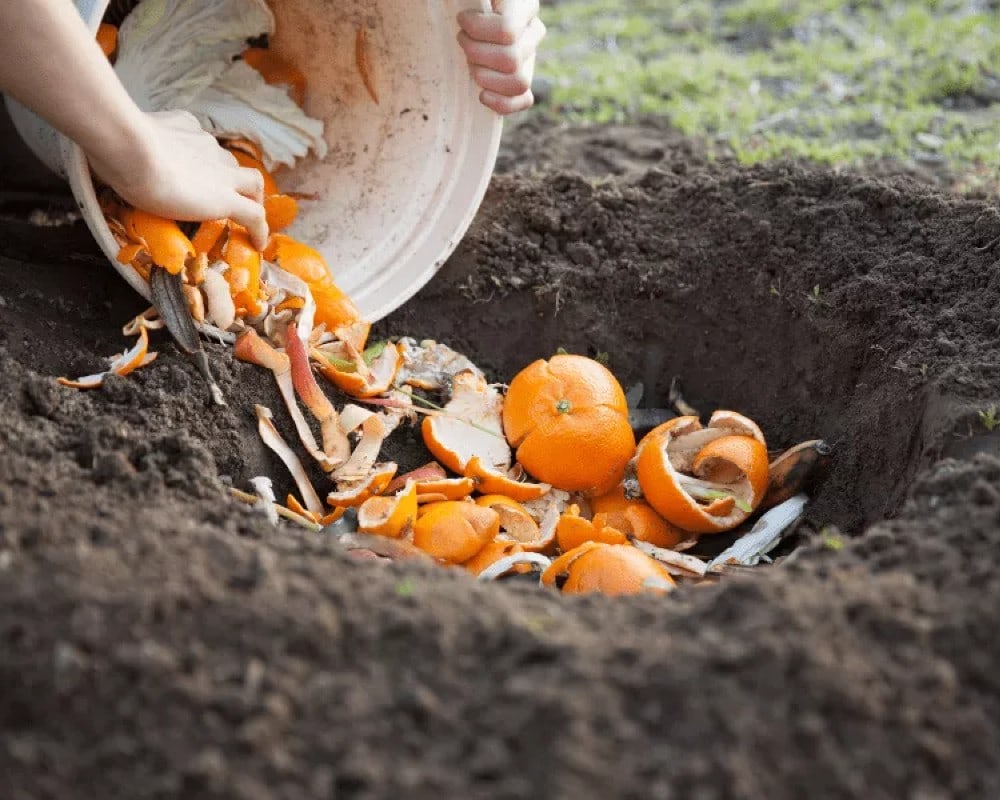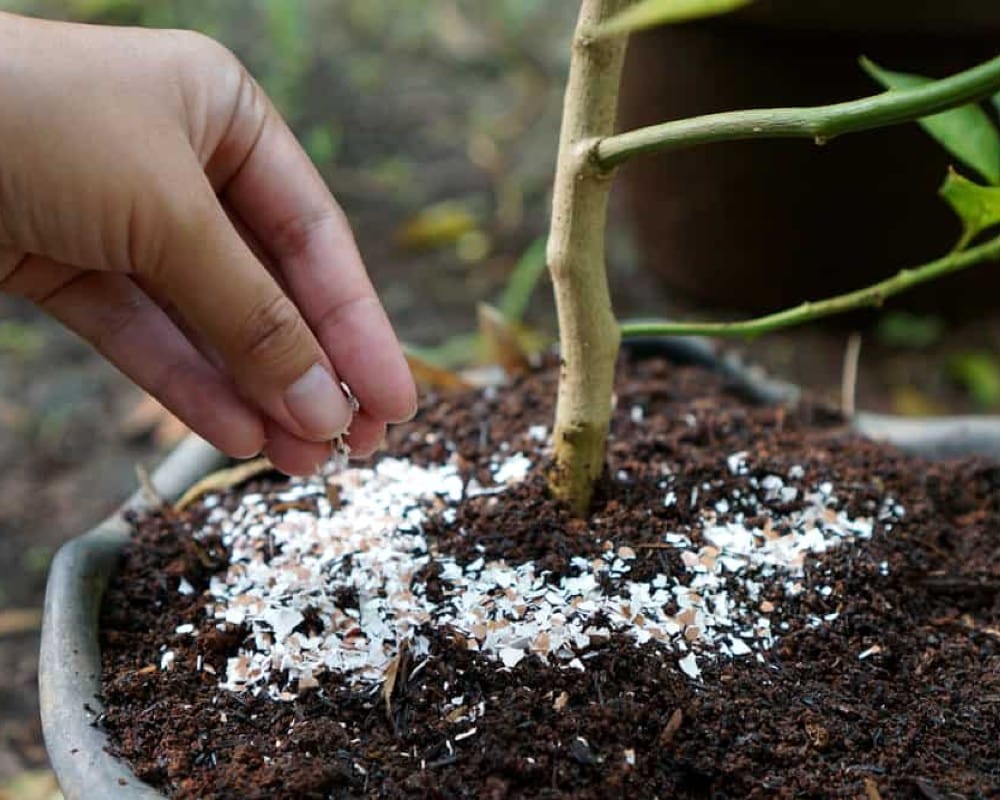
As the temperature rises, our yards become an essential part of our living space, offering the perfect setting to enjoy the warmth of the sun and a refreshing beverage. However, maintaining a beautiful yard can be challenging, with issues like wilting plants, unsightly dead spots in the grass, and pests. Fortunately, several simple kitchen scraps can work wonders for your garden without breaking the bank. We’ve listed a few expert-approved natural and cost-effective methods to use kitchen and household scraps as practical solutions for common gardening challenges, creating a thriving and attractive outdoor space.
Citrus to Repel Pests

You can rely on citrus peels to repel pests like aphids and earwigs, without resorting to toxic pesticides. Ryan Farley, a garden expert, suggests saving peels from oranges, lemons, and grapefruits and scattering those scraps around your plants. Citrus contains a natural compound called limonene, which acts as a repellent to insects. Pests can detect the scent of limonene and will avoid the area, giving your plants a protective barrier. It is advisable to replace the peels every week or so or when you notice they have decomposed into the soil.
Coffee to Boost Container Plants
One effective way to enhance container plants is by using coffee grounds. According to Noah James from Liberty Lawn & Garden, coffee ground scraps can raise the pH levels in the soil, enabling plants to absorb more nutrients and promoting faster growth. The nitrogen in coffee stimulates root growth, while the copper and manganese help flowering plants maintain their vibrant colors. To utilize coffee grounds, simply sprinkle them around the base of the plant and replenish them every two weeks.
Eggshells to Protect Seedlings

When it comes to protecting seedlings from slugs, calcium-rich scraps like eggshells can be incredibly useful. Lindsey Hyland, a garden expert from Urban Organic Yield, suggests crushing eggshells and scattering them around the plants. This method creates a barrier making slugs unable to cross, effectively safeguarding young plants. As the eggshells break down over time, they also contribute calcium to the soil, which strengthens the stalks and root systems of the plants.
Banana Peels to Brighten Flowers
If you want to enhance the brightness of your flowers, look no further than banana peels. Amy Pennington, author of Tiny Space Gardening, explains that these common kitchen scraps contain phosphorus, a nutrient that promotes strong and vibrant petals. Chop the banana peels first and add enough water to cover them. Then, allow the mixture to steep for five days and water your flowering plants using the liquid. Alongside brightening your plants, banana peels also have the added benefit of reducing petal wrinkles.
Non-Toxic Spritz to Perk Up the Lawn
For those looking to revitalize their lawn without resorting to strong and potentially harmful fertilizers, a non-toxic alternative is to use Epsom salts. Richa Kedia from SimplifyPlants.com recommends watering the grass with a mixture of one tablespoon of Epsom salts and a gallon of water. This solution is rich in magnesium, which gently promotes the growth of greener and healthier grass compared to traditional fertilizers. Water your lawn with it once a month to enjoy the benefits.